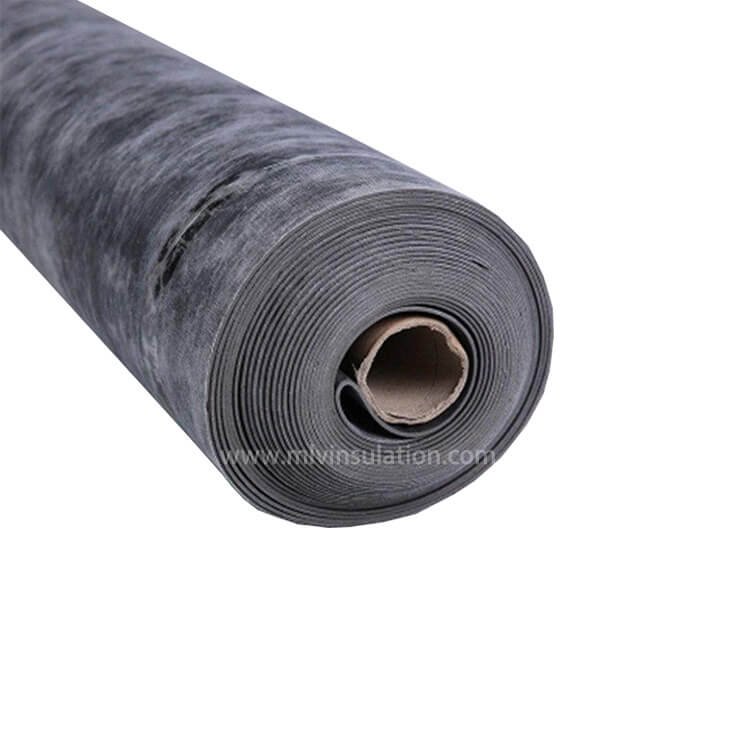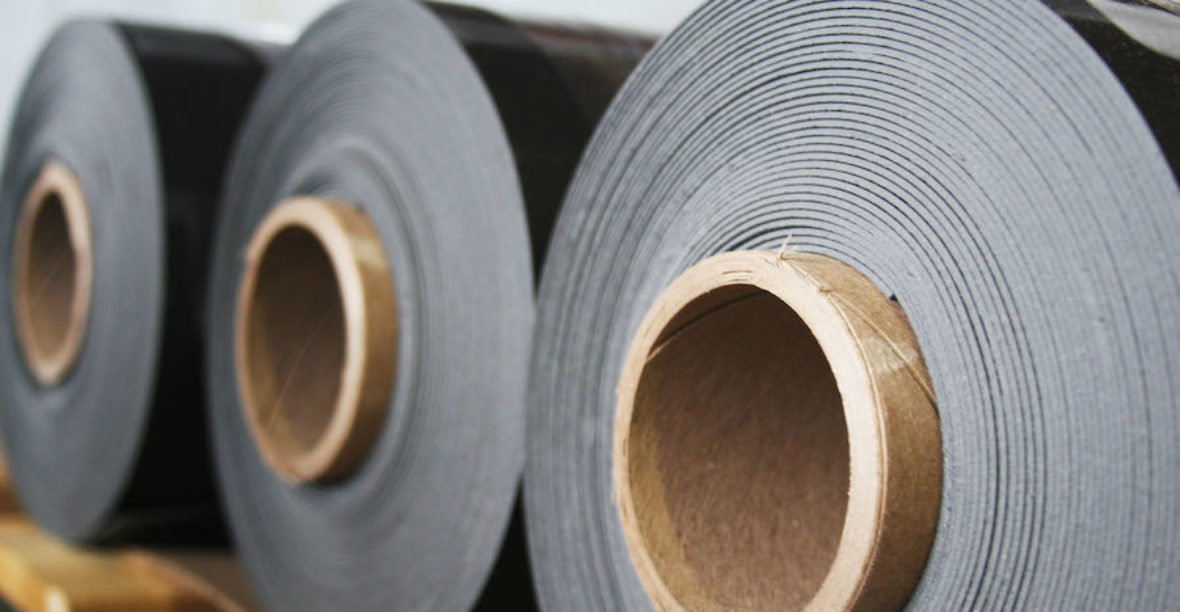

Second, check the condition of any weatherstripping or gaskets. Because we’re addressing sound specifically, use a special acoustic caulk such as Green Glue to seal these back up. You can even run your hand along the perimeter to feel for air flow or discrepancies in air temperature. You should be able to see or feel any spaces that may have developed between the wall and the door frame. Sliding glass doors feature large frames that can fail over time, weatherstripping and gaskets that take a lot of abuse, and they’re made of glass which is notoriously bad at resisting sound.įirst, it is imperative that you identify and fix any cracks as your first line of defense. Specifically, we’ll cover three major points of weakness in all of these types of doors: cracks, gaps, and density.
Mass loaded vinyl door how to#
In this guide, we’ll address how to “soundproof” sliding glass doors (both exterior and interior), pocket doors, and barn doors. Which is why treating doors can seem so formidable. Sound, like light or water, is a quite mischievous little force and it will use any void at all to seep through and pursue its travels. Instead, we use acoustic treatments to achieve our goals.Ī nit-picky distinction, to be sure but if treating your sliding doors are just a part of a larger acoustic project in your home, knowing the difference between soundproofing and treating may be helpful in your journey.

But you can’t completely proof just one part of a space against sound. We tend to use the word “soundproof” in any instance where we want to minimize sound transmission. It is most effective when done at the construction level and usually involves decoupled walls, floating floors, in addition to layers upon layers of the types of acoustic treatments we’ll discuss here to absorb, dampen or otherwise improve sound within the space. Proper soundproofing can really only be done to an entire room. You can, however, apply acoustic treatment, which is what this guide will cover. Spoiler alert: you can’t soundproof a door.


 0 kommentar(er)
0 kommentar(er)
